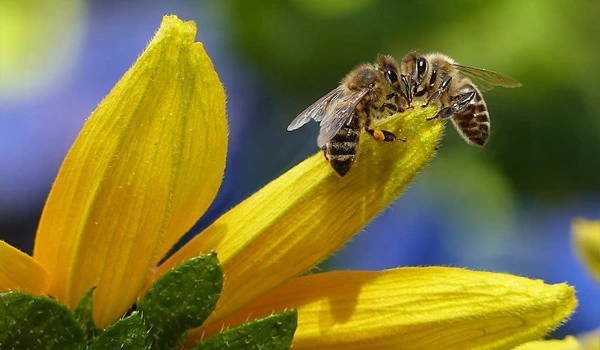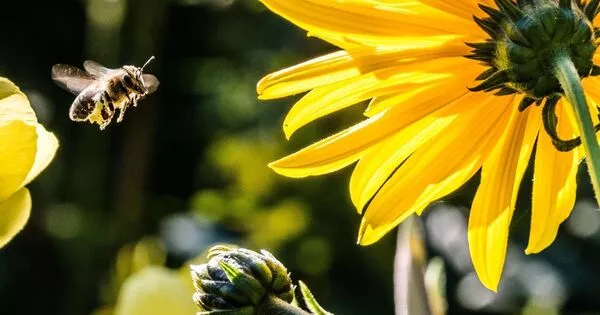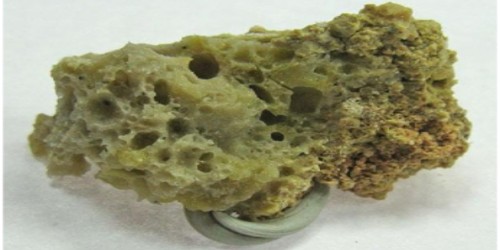Air pollution can have an adverse effect on bees’ ability to find flowers. Bees use their sense of smell to find flowers and hunt for nectar and pollen. According to a new study, air pollution prevents pollinators from finding flowers because it weakens the aroma.
The UK Centre for Ecology & Hydrology (UKCEH) and the Universities of Birmingham, Reading, Surrey, and Southern Queensland discovered that ozone significantly changes the size and scent of floral odour plumes given off by flowers and that it reduces honeybees’ ability to recognize odours from just a few metres away by up to 90%.
When nitrogen oxide emissions from vehicles and industrial activities mix with volatile organic molecules released by vegetation in the presence of sunlight, ground-level ozone is formed.
“Our study provides robust evidence that the changes due to ground-level ozone on floral scent cause pollinators to struggle to carry out their crucial role in the natural environment, with implications for food security,” said Professor Christian Pfrang of the University of Birmingham, who collaborated on the research.
Our study provides robust evidence that the changes due to ground-level ozone on floral scent cause pollinators to struggle to carry out their crucial role in the natural environment, with implications for food security.
Professor Christian Pfrang
According to the findings, ozone is expected to have a negative impact on wildflower quantity and crop production. International research has already demonstrated that ozone has a negative impact on food production by causing plant growth to suffer.
“Some 75% of our food crops and nearly 90% of wild flowering plants rely, to some extent, on animal pollination, particularly by insects,” said Dr Ben Langford, an atmospheric scientist at UKCEH who led the study. As a result, understanding what negatively affects pollination and how is vital to preserving the critical services that we rely on for the production of food, textiles, biofuels, and pharmaceuticals, among other things.”
The researchers used a 30-m wind tunnel at Surrey University to monitor how the size and shape of odour plumes changed in the presence of ozone. As well as decreasing the size of the odour plume the scientists found that the scent of the plume changed substantially as certain compounds reacted away much faster than others.

Honeybees were trained to recognise the same odour blend and then exposed to the new, ozone-modified odours. Pollinating insects use floral odours to find flowers and learn to associate their unique blend of chemical compounds with the amount of nectar it provides, allowing them to locate the same species in the future.
The research showed that towards the centre of plumes, 52% of honeybees recognised an odour at 6 metres, decreasing to 38% at 12 m. At the edge of plumes, which degraded more quickly, 32% of honeybees recognised a flower from 6 m away and just a tenth of the insects from 12 m away.
According to the findings, ozone may also impact insects’ other odour-controlled behaviours, such as enticing a partner. The study was financed by the Natural Environment Research Council, which is part of UK Research and Innovation, and it was published in the journal Environmental Pollution.
Professor Christian Pfrang said, “We know that air pollution is bad for human health, biodiversity, and the climate, but now we can see how it prevents bees and other pollinating insects from doing their important job.” This should serve as a wake-up call to take action on air pollution and help conserve food production and biodiversity for the future.”
















